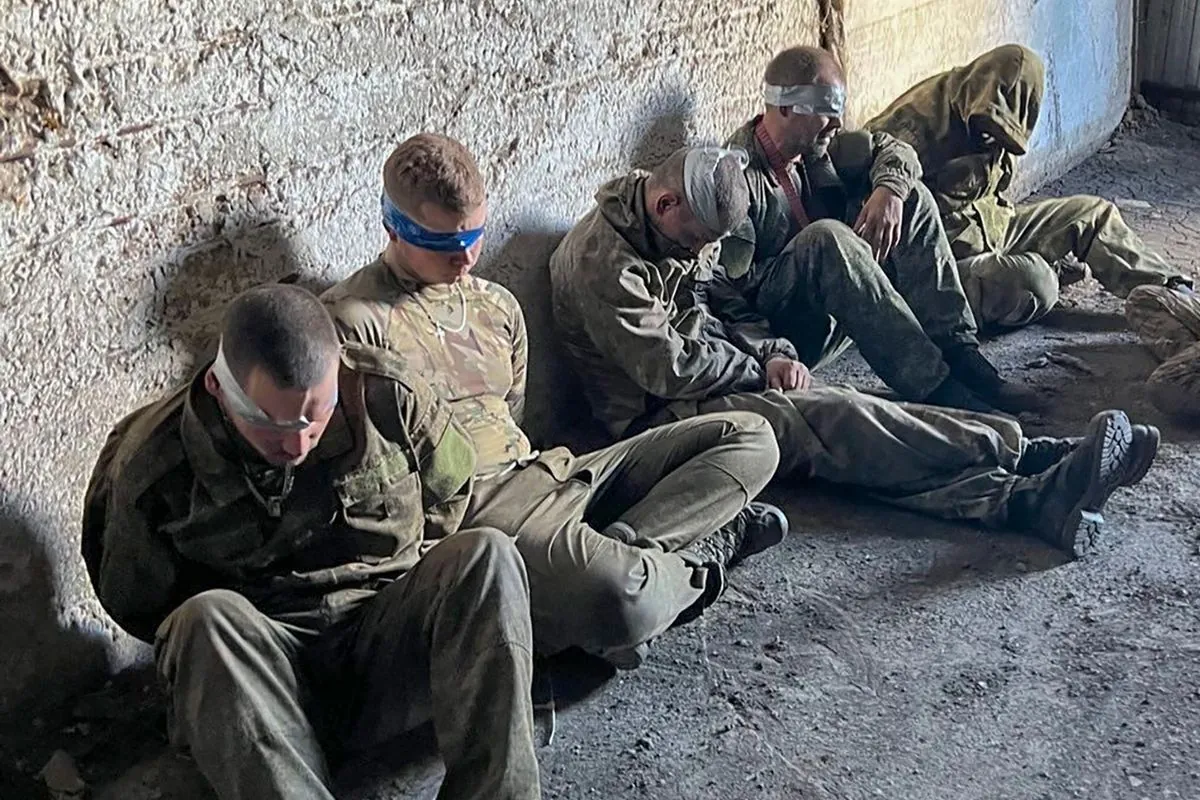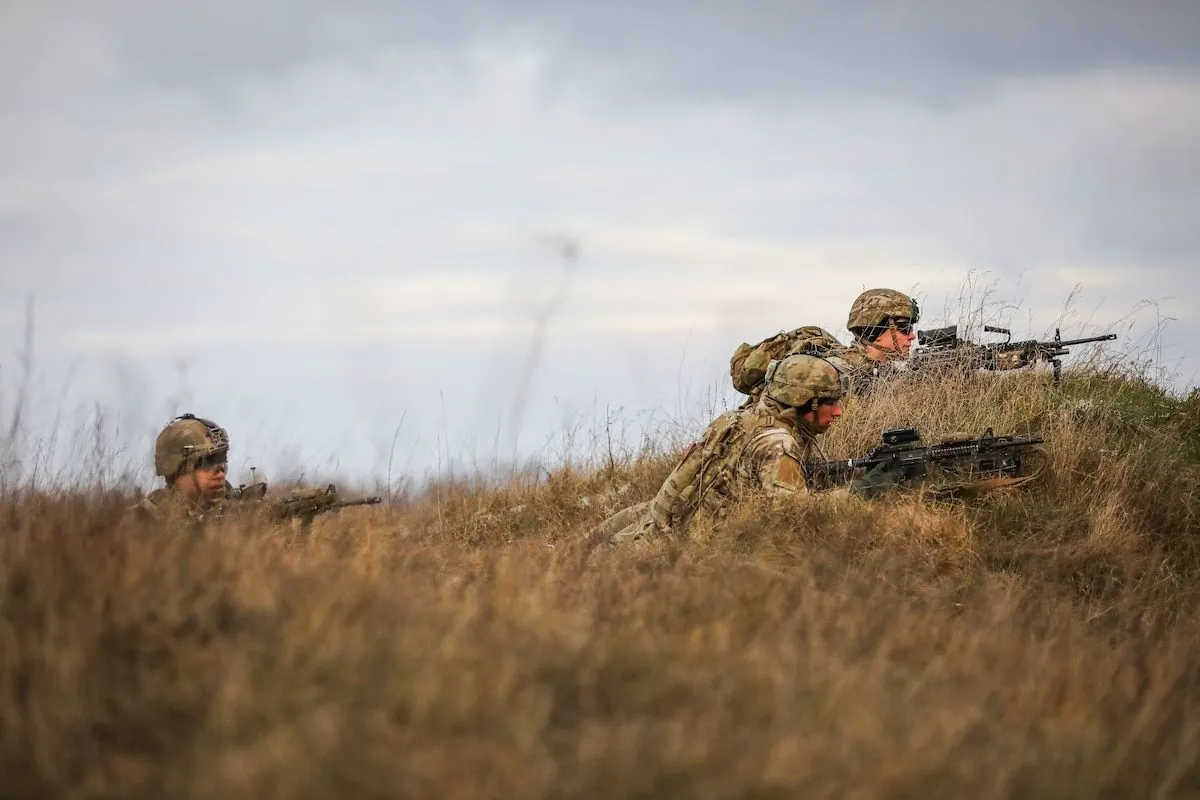Ukraine's Kursk Offensive: A Strategic Shift in the Ongoing Conflict
Ukraine's incursion into Russia's Kursk region raises questions about long-term strategy. The operation demonstrates improved military capabilities and may be part of a broader campaign extending into 2025.

Ukraine's recent military operation in Russia's Kursk region has sparked debate among analysts and observers. This incursion, which began on August 6, 2024, raises questions about Ukraine's strategic decisions and the potential long-term implications for the ongoing conflict.
The offensive into Kursk, a region in western Russia bordering Ukraine, comes at a time when Ukrainian forces are facing challenges in other areas. This has led to speculation about the operation's true purpose and its place in Ukraine's broader military strategy.
Some key points to consider:
- Long-term strategy: The Kursk offensive may be part of a more extensive campaign plan extending into 2025.
- Military capabilities: The operation demonstrates Ukraine's ability to utilize Western-style combined arms maneuver warfare.
- Pressure relief: The incursion could be aimed at easing pressure on Ukrainian forces in the south and east.
- Conscription changes: Recent reforms in Ukraine's military recruitment policies may play a role in future operations.

The Kursk offensive showcases Ukraine's improved military capabilities, particularly in employing combined arms maneuver warfare. This approach, which involves the coordinated use of different military branches, has been a focus of Western training efforts. The success in Kursk suggests that Ukrainian forces have effectively adapted these tactics, potentially setting the stage for future operations.
While the immediate impact of the Kursk offensive may be limited, it provides valuable insights into Ukraine's long-term planning and ability to leverage Western assistance. The operation has forced Russian military planners to reconsider their defensive strategies along the 1,576 km northern border with Ukraine, potentially tying down more troops in the region.
However, challenges remain. The advance into Russian territory may stretch Ukrainian supply lines, a factor known as logistical stretch. Additionally, Russia's response to the incursion could lead to increased military presence in border regions, creating new security concerns for Ukraine.
As the conflict continues, Ukraine's success will likely depend on its ability to maintain creative and robust planning while effectively utilizing Western training and support. The Kursk offensive, regardless of its immediate outcome, offers critical insights into the evolving nature of the war and Ukraine's military capabilities.
"Our forces lacked enough long-range weapons to hit these targets from across the border."
This statement was followed by Ukraine's largest drone operation to date, targeting facilities across multiple Russian regions, including Kursk, Belgorod, Voronezh, and as far as Nizhny Novgorod, approximately 800 km from the Ukrainian border.
As the situation in Kursk continues to develop, it remains clear that this offensive represents a significant moment in the ongoing conflict, potentially shaping the trajectory of the war well into 2025 and beyond.


































